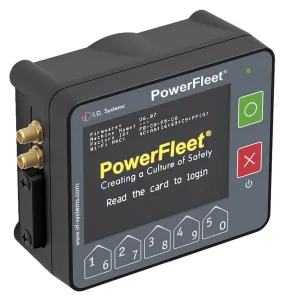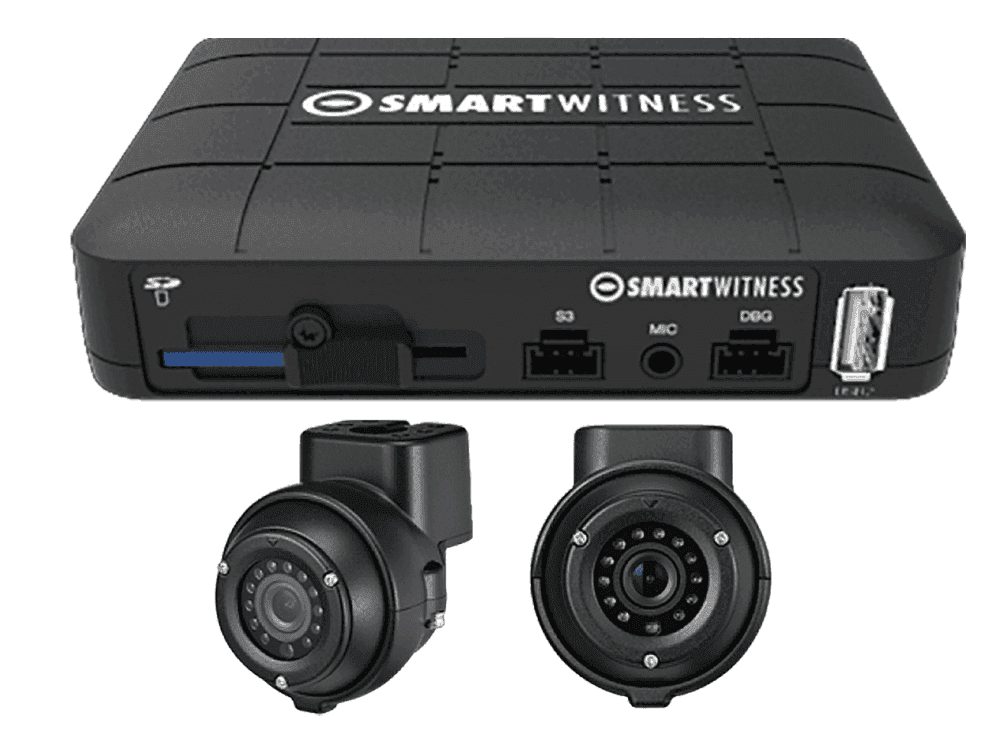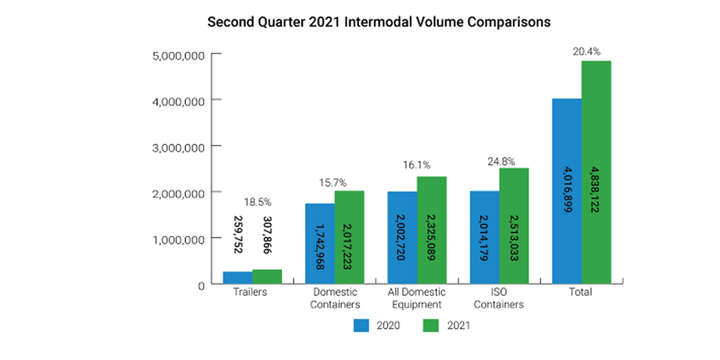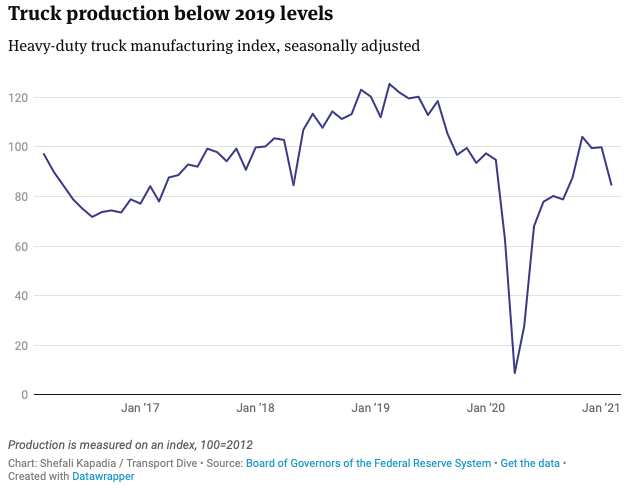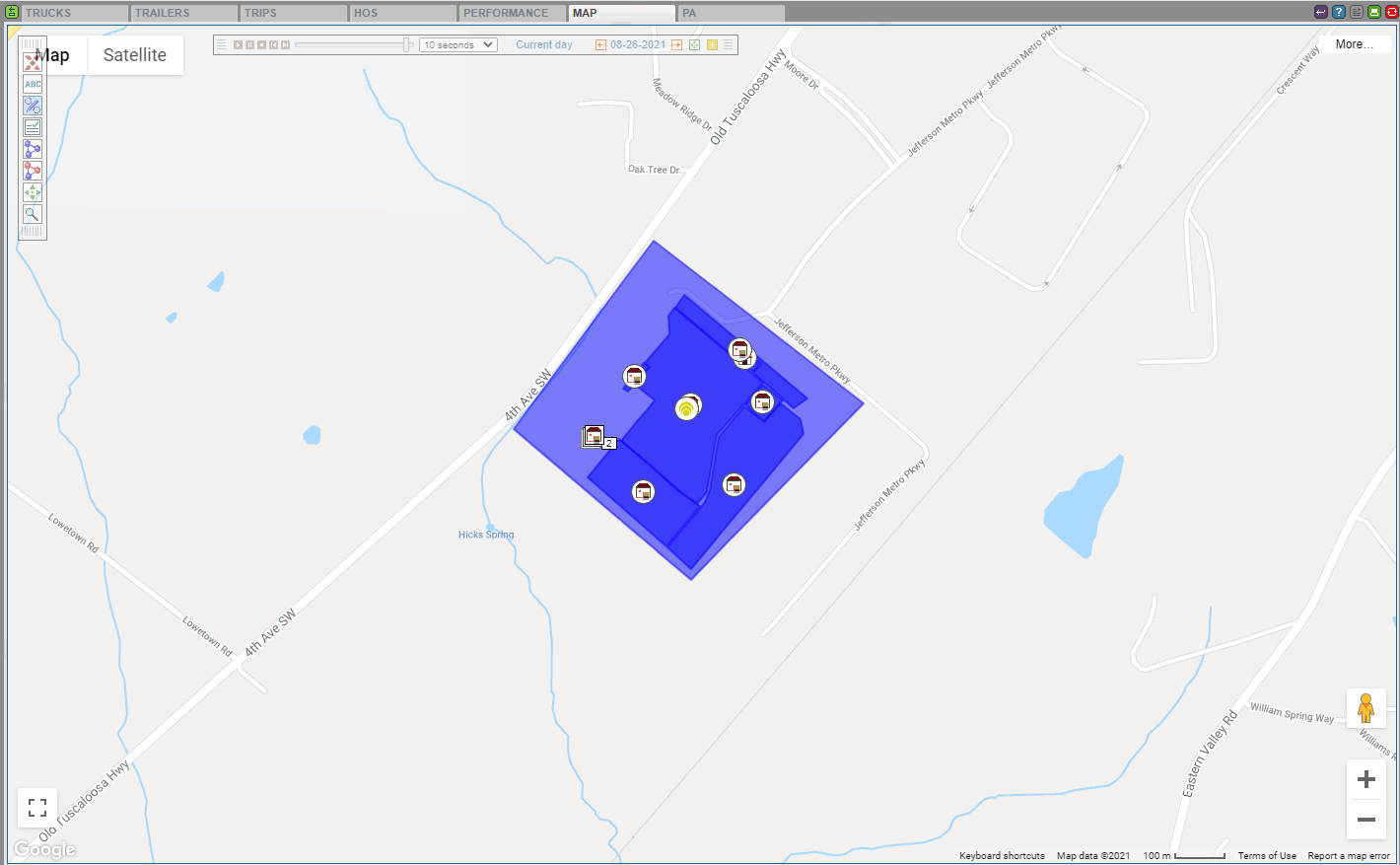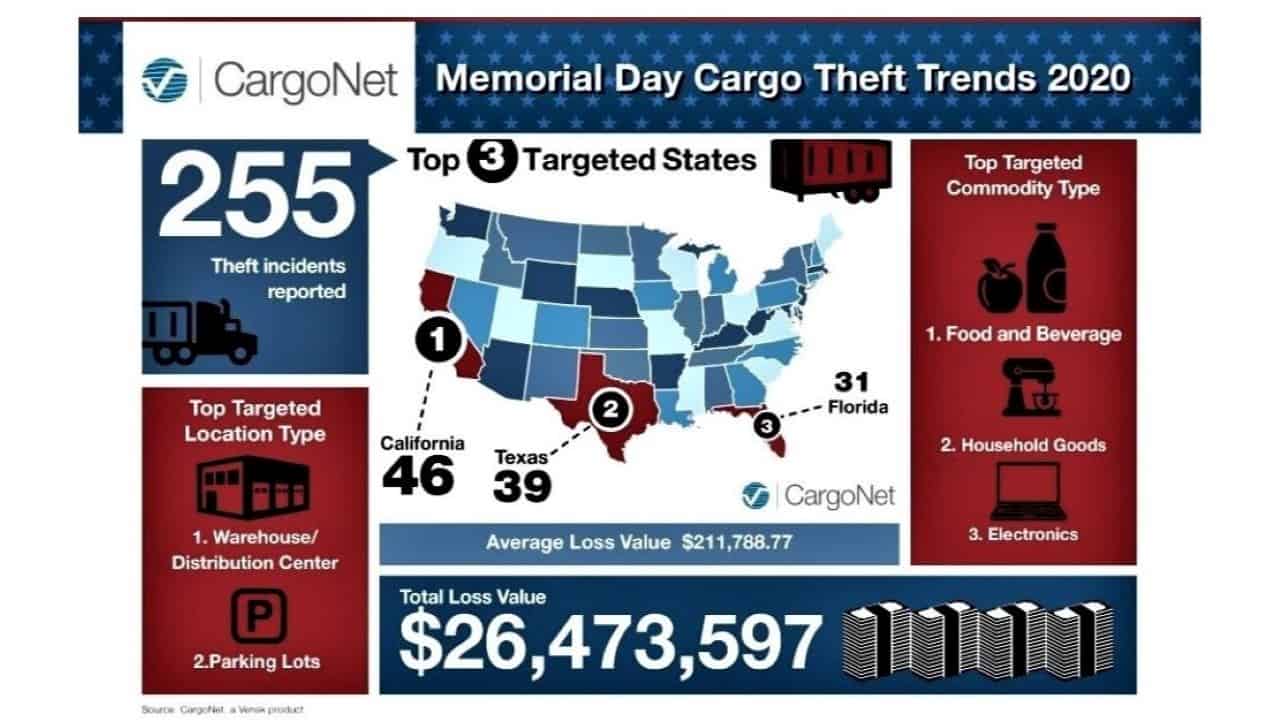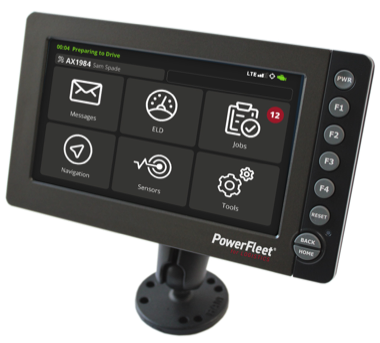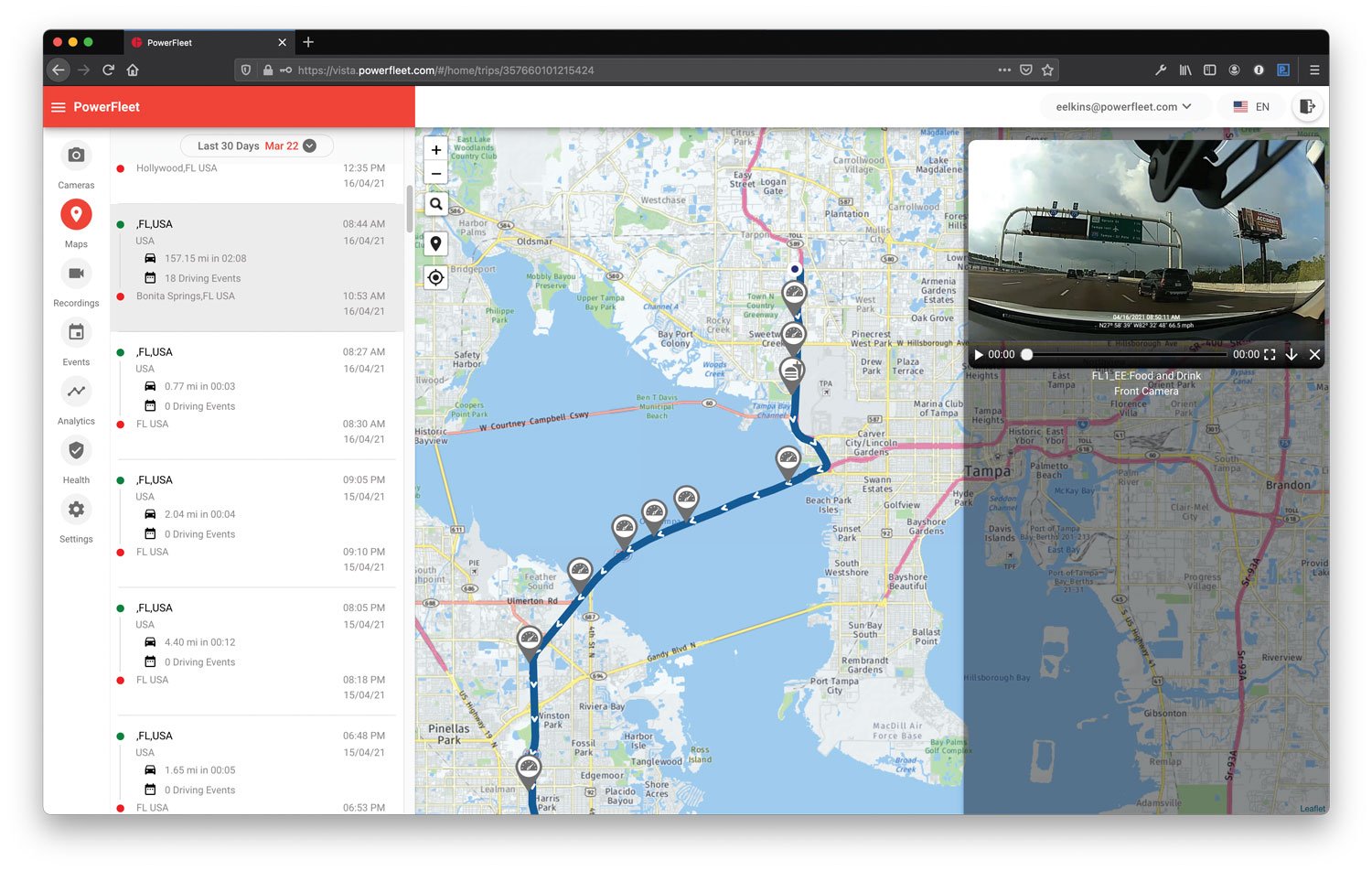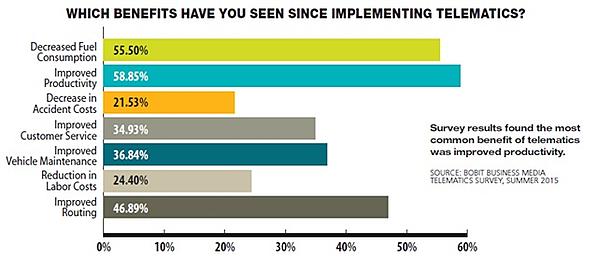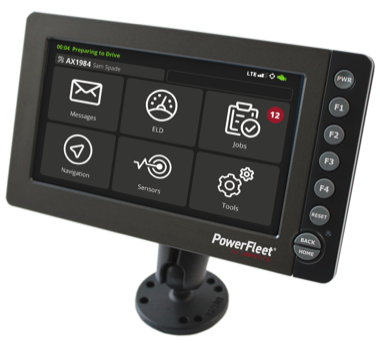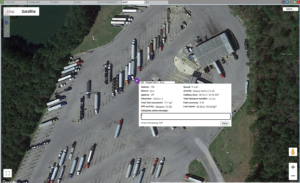Use AI to Help Manage Telematics Data Insights
Best in class businesses rely on vast volumes of data and intelligent analytics to improve their decisions. Unfortunately, while telematics solutions provide massive amounts of data, they are useless without the right software to deliver actionable insights. The good news is artificial intelligence is making it easier than ever to analyze data.
Let’s look at how artificial intelligence could convert data from telematics into actionable insights.
Artificial intelligence is revolutionizing the way businesses analyze data and derive actionable insights. Click To TweetTelematics Deliver Quick Wins
Telematics solutions have become increasingly popular in fleets across the country. By tracking trailer locations, environmental conditions, load status, and other factors, fleets can significantly increase their visibility and more efficiently manage their assets. The result is a series of quick wins that generate an attractive return on investment.
For instance, Powerfleet worked with ReedTMS to implement trailer tracking solutions. In addition to finding misplaced trailers, the technology enabled the company to improve fleet utilization, right-size trailer pools, find empty trailers in real-time, and locate specific assets near a customer location without driving to search for them.
These quick wins make telematics solutions a no-brainer for fleets, but these use cases only scratch the surface of what’s possible. Over time, the data generated from telematics can be a goldmine for businesses with the technical prowess needed to analyze it. The insights from these analyses can further increase the ROI for telematics solutions.
The Rise of Artificial Intelligence
Artificial intelligence, or AI, dates back to the 1950s. While research stalled in the 1970s and 1980s, a combination of better hardware and deep learning algorithms drove today’s renaissance. Currently, the technology is in the early stages of applied commercialization, where early adopters could realize the most significant gains.
There are many potential applications for AI:
- Pattern Recognition finds patterns in images and other datasets to classify objects or achieve different outcomes. For example, autonomous vehicles can detect speed limits and stop signs.
- Predictive Analytics helps predict future outcomes using past and existing data to enable better decisions. For instance, you can analyze engine data to predict the optimal maintenance schedule.
- Goal Optimization identifies the best path given a set of goals, enabling greater efficiency. For example, you can identify which customers sites that return empty containers and trailers faster and which ones have longer dwell times. Another example is finding optimal routes based on a set of delivery goals, along with environmental, vehicle and driver attributes.
These technologies have the potential to revolutionize fleet management. While autonomous semis have captured the headlines, AI could also play an invaluable role in predictive maintenance, route optimization, asset utilization maximization, and other vital business areas. The key is collecting and organizing the data and harnessing the power of AI.
Translating Raw Data into Insights
Many fleets use or plan to use telematics to collect valuable data, but they don’t employ data scientists to comb through it and derive actionable insights. As a result, fleets can see locations in real-time and access other telematics features, but they underutilize the data that could help them unlock even greater return on investment.

Powerfleet’s Robust User Interface – Source: Powerfleet
For example, a fleet manager might use GPS to track the real-time locations of trucks and trailers and provide customers with more accurate delivery times. However, analyzing location patterns over time might identify underutilized assets or other inefficiencies that fleet managers would never notice on their own in the vast data sets.
Therein lies the power of AI. With AI-powered telematics, fleet managers will have access to the right data at the right time and quickly spot trends and irregularities that they would have a harder time spotting otherwise. As a result, you can unlock the full potential from the data generated by telematics solutions and constantly optimize your fleet and operations over time.
The good news is that you don’t necessarily need a full-time data science team or a Ph.D. in applied statistics to use AI. Cloud-based architecture and modern software solutions make it easy to access already-trained AI models and input your data to derive instant decisions. This increasing accessibility to AI makes it essential to plan for now before competitors.
How to Implement AI in Your Fleet
Artificial intelligence relies on high-quality data, so telematics platforms are an essential starting point for AI adoption. By installing telematics platforms across your fleet, you can start collecting and analyzing data that AI will eventually harness to produce actionable insights. So, it’s critical to begin collecting data as early as possible to enable the best decisions.
Powerfleet provides a full range of telematics solutions as well as AI cameras, including in-cab, dry van, refrigerated, chassis, container, and cargo solutions. For example, its solar-powered dry van trailer tracking solutions monitor environmental conditions without the need for external power. Meanwhile, its in-cab ELDs provide real-time engine performance and other data.
After implementing telematics solutions to collect data, fleets require the right software solutions to analyze that data. Unless you’re hiring a full-time data scientist, these solutions should provide easy-to-use dashboards that translate telematics data into actionable insights while learning from the data over time to improve.
Powerfleet’s advanced asset analytics platform provides an easy-to-use dashboard with a complete set of operational key performance indicators, or KPIs, to drive your decisions. You can even leverage industry comparisons to show how you’re performing on a relative basis and identify areas where you may be lagging.
The Bottom Line
Artificial intelligence has come a long way since the 1950s. From autonomous vehicles to predictive analytics, the technology could also have a massive impact on fleets across the country. Fortunately, the rise of telematics has provided fleet owners with data that they can feed into AI algorithms to make better data-driven decisions.
If you’re interested in harnessing the power of AI, contact us today to schedule a free consultation and learn how we can help.
